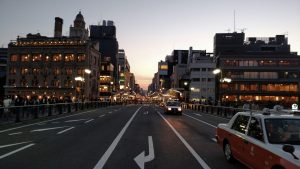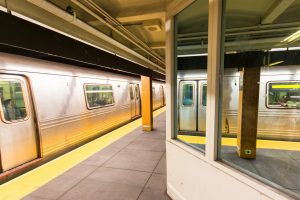How Smart Traffic Lights Reduce Urban Congestion
In urban cities around the world, traffic congestion is a common and frustrating reality that many commuters face on a daily basis. Not only does it cause unnecessary delays and stress, but it also contributes to air pollution and increases road accidents. However, with the advancement of technology, there is a solution to this problem – smart traffic lights. These innovative traffic signal systems have proven to effectively reduce urban congestion and improve overall traffic flow. Let’s explore how these smart traffic lights work and the benefits they bring to our cities.
The Role of Traditional Traffic Lights
In order to understand the impact of smart traffic lights, it is important to first look at the role of traditional traffic lights in urban cities. Traditional traffic lights operate on a fixed cycle – a pre-programmed sequence of red, yellow, and green lights that determine when cars can proceed or stop at an intersection. This system is based on the assumption that all roads have similar levels of traffic at all times of the day, which is not always the case.
Moreover, traditional traffic lights do not have the ability to adjust to changing traffic conditions, such as rush hour, special events, or accidents. This can result in longer wait times at intersections, leading to congestion and frustration for drivers.
Introducing Smart Traffic Lights
Smart traffic lights, on the other hand, use advanced technology and real-time data to analyze traffic patterns and adjust signal timing accordingly. This means that the time for each light – red, yellow, and green – is constantly being optimized based on the number of vehicles on the road. This allows for a more efficient flow of traffic and reduces delays caused by traditional traffic lights.
One of the key features of smart traffic lights is their ability to communicate with each other. Using a network of sensors and cameras, these lights can exchange data to coordinate traffic flow on multiple intersections. This is particularly useful in busy downtown areas or major thoroughfares where multiple traffic signals are in close proximity to each other.
The Benefits of Smart Traffic Lights
The implementation of smart traffic lights has shown significant positive impacts on urban congestion. Studies have found that cities that have adopted this technology have seen a decrease in travel time by an average of 25% and a reduction in overall traffic delays by up to 40%. This not only benefits commuters, but it also reduces air pollution and fuel consumption from idling cars.
Moreover, smart traffic lights have been proven to increase safety on the roads. With real-time data and communication between intersections, emergency vehicles can be given priority, ensuring a quicker response time. These lights also have the ability to detect and prevent red light runners, further reducing the risk of accidents.
Looking Ahead
As cities continue to grow and the number of vehicles on the road increases, it is crucial for urban transportation systems to adapt and find solutions to congestion. Smart traffic lights offer a cost-effective and efficient solution to this problem. With constant updates and improvements in technology, we can expect these lights to become even smarter, making our commutes smoother and safer.
In Conclusion
In conclusion, smart traffic lights are a game-changer in reducing urban congestion. They use real-time data and advanced technology to optimize traffic flow and improve safety on the roads. With their ability to adapt to changing traffic conditions and communicate with one another, these lights are paving the way for a more efficient and sustainable future in our cities. It’s time for our transportation systems to become smarter, and smart traffic lights are a step in the right direction.










